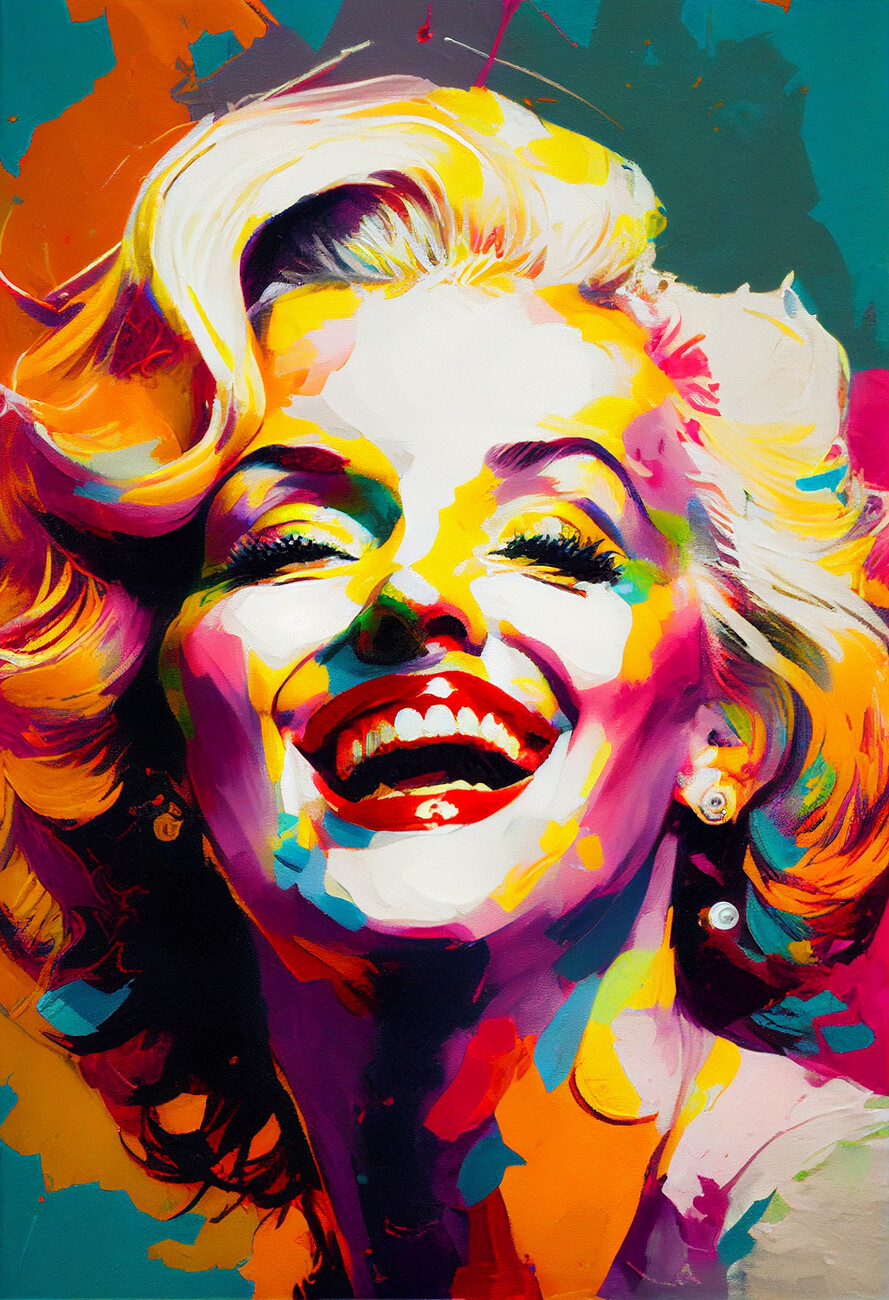Exactly How Trump Art Influences Public Understanding of Political Figures
Wiki Article
Getting Started on a Visual Trip Via the Lyrical Interpretations of Nature in Stylist Landscapes
In the realm of art history, the Impressionist activity stands apart as a crucial period that revolutionized the method nature was shown on canvas. Musicians such as Claude Monet, Camille Pissarro, Edgar Degas, Berthe Morisot, and Vincent Van Gogh captured the essence of the environment via their special analyses, producing landscapes that transcend mere graph. Each brushstroke, each play of light and shadow, and each color choice in their works talks quantities about the artists' deep link to nature and their capability to equate its appeal onto the canvas. As we check out the lyrical analyses of nature in Impressionist landscapes, we are invited to immerse ourselves in a world where reality and feeling intertwine, providing a glimpse into the musicians' extensive admiration for the environment.The Captivating Brushstrokes of Claude Monet
Claude Monet's proficiency of brushstrokes goes beyond simple method, imbuing his landscapes with an ethereal top quality that fascinates and captivates customers - trump art. His ingenious use color and light, incorporated with his unique brushwork, produces a sense of activity and life within his paints. Monet's distinguished series of works illustrating water lilies and his legendary haystacks showcase his ability to capture the short lived impacts of light and ambience
Taking On Light and Shadow With Camille Pissarro
Symbolizing a similar respect for the interplay of light and darkness, Camille Pissarro's artistic vision unravels as an unified expedition of the natural globe's luminous nuances. Pissarro, an essential figure in the Impressionist activity, masterfully caught the dynamic connection in between light and darkness in his landscapes. His adept use shade and brushwork enabled him to communicate the refined changes in light that define various times of day and seasons.Pissarro's paints usually feature dappled sunlight filtering system through leaves, casting intricate patterns of light and shadow on the earth listed below. In jobs such as "Hoar Frost, the Impact of Snow, Pontoise," Pissarro skillfully depicts the crisp illumination of winter season sunshine compared with the trendy darkness that specify the snowy landscape. By welcoming both light and darkness in his structures, Pissarro welcomes customers to immerse themselves in the all-natural elegance and transient results of light worldwide around them.

Via Pissarro's works, we are reminded of the transformative power of light and shadow, inviting us to stop briefly and appreciate the short lived moments of charm existing in the day-to-day landscapes that border us.
A Harmony of Colors by Edgar Degas
Edgar Degas manages a vibrant symphony of colors in his skillful artworks, instilling his compositions with a dynamic interaction of colors that mesmerize the weblink audience's gaze. Understood mostly for his ballet dancers and intimate scenes of Parisian life, Degas skillfully adjusted shades to share mood and motion in his paints. trump art. His use of strong, different colors and refined tonal variations created a feeling of depth and vibrancy within his jobsDegas' color combination usually contained abundant blues, deep greens, and warm oranges, which he applied with positive brushstrokes to capture the significance of his topics. Whether representing a ballerina mid-performance or a group of good friends speaking at a coffee shop, Degas' colors not just showed the scene yet likewise evoked a sense of feeling and power.
Furthermore, Degas' trial and error with light and shadow added an extra layer of complexity to his color make-ups, boosting the overall environment of his paintings (trump art). Via his skillful manipulation of color, Degas created an aesthetic harmony that continues to reverberate with visitors today
Exploring Nature's Peacefulness With Berthe Morisot
Berthe Morisot's artistic vision supplies a calm separation from the lively shade symphonies of Edgar Degas, as she records the harmony of nature in her Extra resources evocative landscapes. Known for her fragile brushwork and intimate representations of daily life, Morisot's landscapes show a sense of tranquility and harmony.Morisot's paintings frequently include soft, soft tones that share a sense of peace and peacefulness. Her works, such as "The Cradle" and "Summertime's Day," display her capacity to catch the subtle charm of nature in a manner that is both relaxing and reflective to the viewer.
Unlike a few of her Stylist equivalents that concentrated on strong shades and dynamic compositions, Morisot liked to produce mild, reflective scenes that welcome the visitor to pause and show. With her skillful use light and darkness, Morisot creates a sense of harmony that resonates with the customer on a deep emotional degree.
The Psychological Landscapes of Vincent Van Gogh
Vincent Van Gogh's landscapes clearly communicate a deepness of emotion via their dynamic brushwork and expressive use shade. The Dutch post-impressionist artist is renowned for his capability to catch intense and raw emotions in his paints, transcending standard representations of nature. Van Gogh's tumultuous individual life, noted by mental wellness struggles, greatly affected his art, infusing his landscapes with a feeling of unease, moody, or vitality.In jobs such as "Starry Evening" and "Wheatfield with Crows," Van Gogh's swirling brushstrokes and dynamic color selections stimulate an extensive psychological feedback from audiences. The unstable skies and perturbed landscapes in his paintings mirror his internal chaos and emotional turbulence, welcoming customers to look into the complexities of his subconscious.
Van Gogh's special aesthetic language, characterized by overstated point of views and bold use shade, produces landscapes that reverberate with audiences on a deeply emotional level. Through his art, Van Gogh invites us to see nature not equally as an external truth yet as a mirror of our innermost feelings and feelings.
Verdict
In verdict, the impressionist landscapes of musicians such as Claude Monet, Camille Pissarro, Edgar Degas, Berthe Morisot, and Vincent Van Gogh supply a captivating and one-of-a-kind aesthetic analysis of nature. Via their use brushstrokes, emotion, light, and color, these artists have produced a symphony of pictures that evoke a sense of serenity and charm in the websites natural world. Their jobs remain to influence and bewitch customers with their lyrical analyses of the landscapes around us.Each brushstroke, each play of light and shadow, and each color selection in their jobs talks volumes concerning the musicians' deep connection to nature and their capability to equate its elegance onto the canvas. His cutting-edge usage of color and light, incorporated with his distinctive brushwork, produces a feeling of activity and life within his paints. His experienced usage of shade and brushwork allowed him to communicate the refined changes in light that define various times of day and seasons.

Report this wiki page